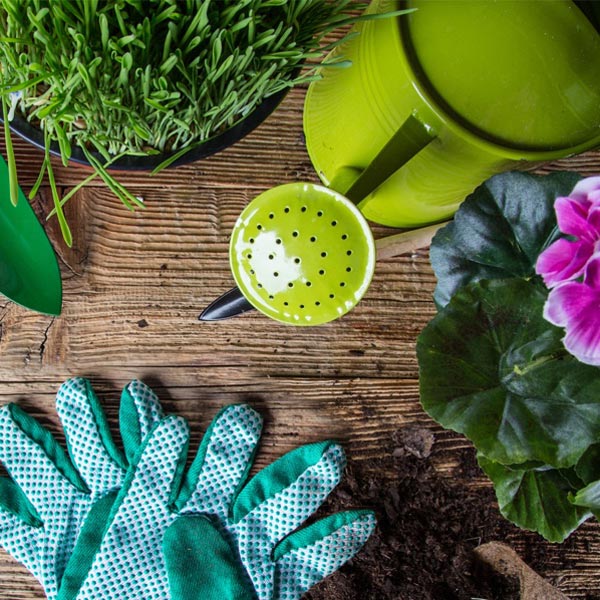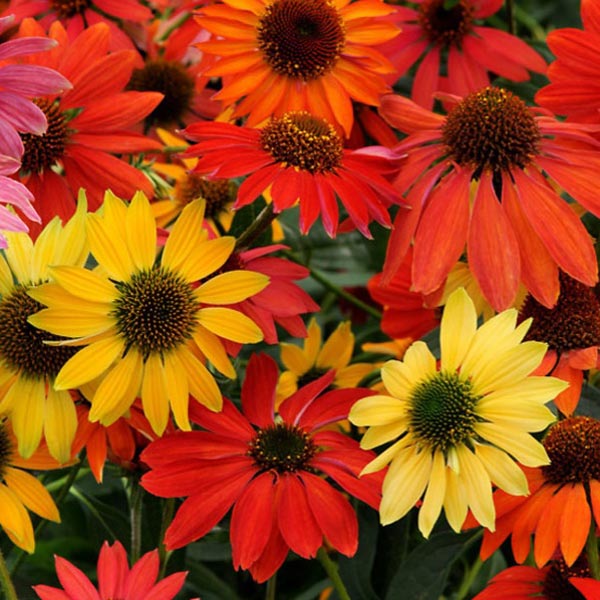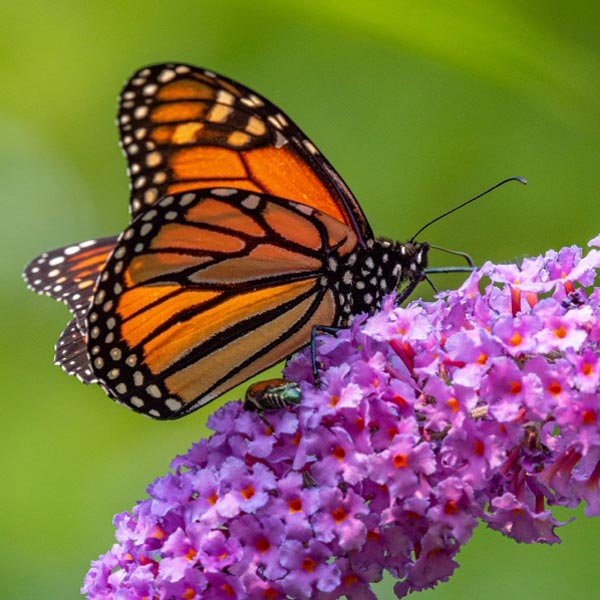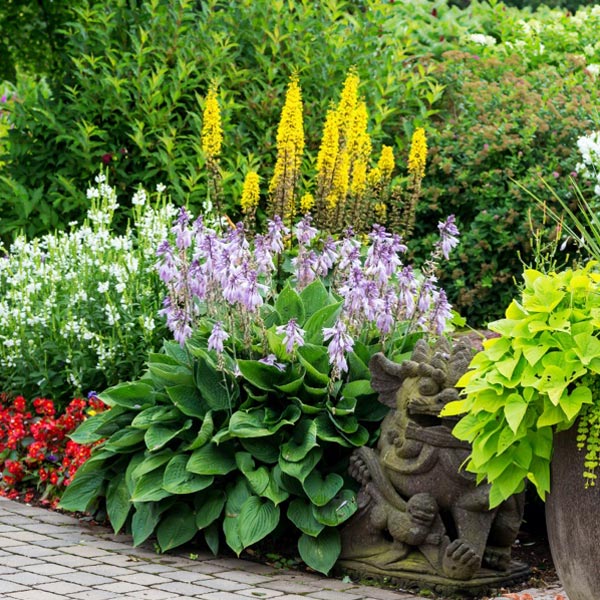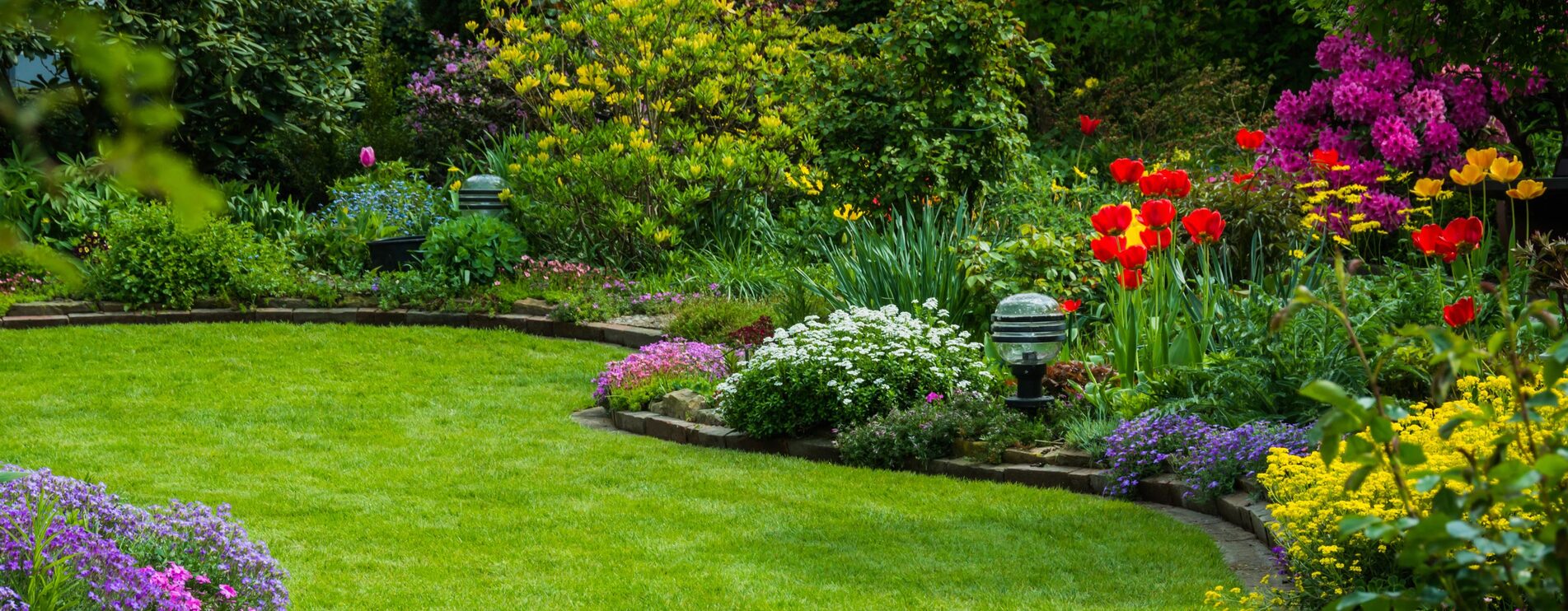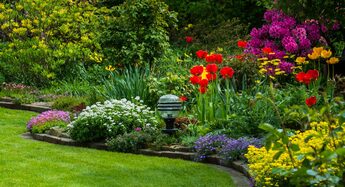Mulching
Decorative/Weed Suppression
Personal Choice. The Pros: It will keep the root zone cooler and helps retain soil moisture. Mulch also looks nice and helps control weeds. The Cons: It can be expensive, won’t stop grassy weeds, will tie up Nitrogen as it decays, and can repel water if it totally dries out. We like to apply a shallow layer (1-2") about six weeks after planting. This will allow you to cultivate the soil several times, thus killing all the weeds as they germinate. Take care not to cover the crown of the plants. You’ll find that additional mulch next year may not be necessary as the plants will fill in nicely and help control weeds themselves.
Winter Protection
We don't recommend mulching for winter protection except for extreme northern gardeners who don’t have reliable snow cover. Plants are very hardy and shouldn't normally require winter protection when in the ground. Many more plants are lost to smothering and rotting than to temperature extremes. If you decide to mulch, remember to wait until the ground is frozen hard to apply it. Use excelsior, salt hay, evergreen boughs, straw—anything that won’t mat down or smother the plants below (avoid leaves and grass clippings). The mulch will need to be removed with the first thaw. In Ohio, we typically have December, January and February thaws, so we don’t bother mulching as it would do more harm than good. If in doubt, our advice is don’t.
